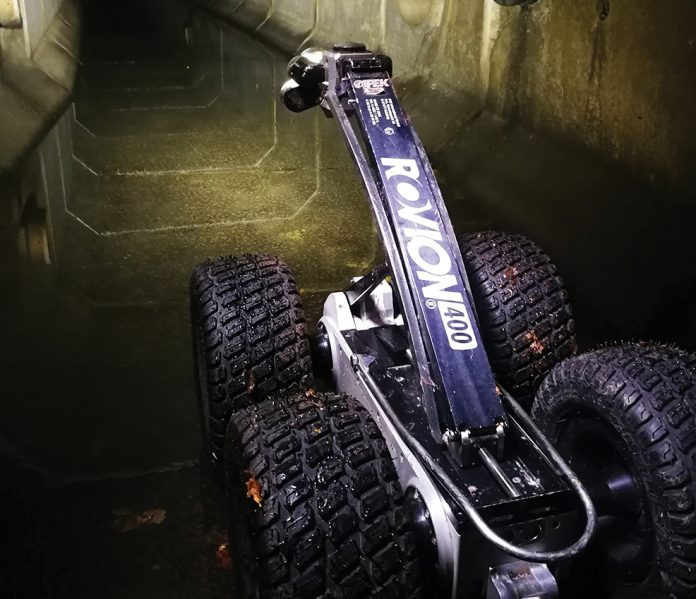In March 2022, the Department for Environment, Food and Rural Affairs (DEFRA) published a consultation on its Storm Overflows Discharge Reduction Plan. The document outlined Government’s plan to address combined sewage overflows (CSOs), detailing actions for operators, regulators, and consumers.
The rise in CSO spills is caused by a combination of overpopulation and overdevelopment, as well as more frequent and heavier rainfall exceeding the hydraulic capacity of the network.
Matthew Humphreys, Utilities Sector Manager, Adler and Allan, discusses the role of ongoing assessment and maintenance in the race to reduce CSO spill incidents by 320,000 before 2050 – and the importance of changing the national narrative.
Real-world CSO reduction strategies
With a combined effort between consumers and water companies, it’s possible to claw back capacity within our existing infrastructure and relieve the burden on CSOs.
The government consultation document urges public support and behavioural changes to limit rainwater volumes in our sewers. Calls to action include:
Responsible construction of hard surfaces (such as patios) that prevent natural water drainage.
Disposing of fats, oils, greases, wet wipes, and nappies in waste receptacles, rather than down sinks and toilets.
Meanwhile, water companies should focus on boosting network efficiency and performance, from upper catchment to release. Expert assessments and planned preventative maintenance are your most efficient starting points.
Using assessments to understand your network
Using a range of specialist assessments, an environmental consultant highlights infrastructure issues that contribute to costly CSO spills – from misconnected surface water drains to groundwater intrusion.
Infiltration surveys
Typically conducted when the water table is high, infiltration surveys identify weak spots in your network that allow excess water to enter. Stretches of clean water are then targeted and repaired at their source.
Impermeable area studies
Impermeable area studies (IAS) assess the catchment of a CSO or pumping station that’s overloaded during rainfall. The survey tracks the route of surface water from roofs and hardstanding to either a foul or storm drain, flagging where the two systems combine and any associated pollution hazards and CSO discharge risks.
SOAF programmes
A storm overflow assessment framework (SOAF) is a five-step programme that identifies your worst offending CSOs, determines why they’re discharging, and defines specific improvement measures.
Through Event Duration Monitoring, hydraulic assessments, and environmental and aesthetic impact studies, SOAFs provide the data you need to stay compliant, effectively plan spend, and direct funds where they’re needed most.
Raising performance with planned preventative maintenance
The blue-sky CSO solution is a wholesale separation of foul and surface water systems. Realistically, water companies need workable alternatives that allow for affordable upgrades and make the most of existing assets.
Syphon clearance
Syphon blockages restrict pipes’ hydraulic capacity, reduce flow, and overload CSOs, increasing the odds of a sewage spill. Routine maintenance involves comprehensive checks for wear and tear, fractures, and bottlenecks. To clear the choking effects of debris, specialists use high-pressure water jetting to remove roots, silt, concrete, bricks, and grout build-up.
Drainage repairs and planned preventative maintenance (PPM)
A set schedule of network cleaning, repair, and maintenance can head off pollution incidents before they happen. Maintaining fundamentals like drainage installations, sewer connections, pumping stations, and sewage treatment/septic tanks lifts performance and extends the life of your estate.
A joint environmental effort
CSO use is a complex problem that requires collaboration, cooperation, and a new conversation. Because while water companies own the assets, we all own the issues of climate change, population growth, and environmental responsibility. The Government’s Storm Overflows Discharge Reduction Plan sets out the shared path for regulators, operators, and the public – and it’s time to work together.
Intelligent network management can make rising to the CSO challenge much more achievable.
adlerandallan.co.uk



